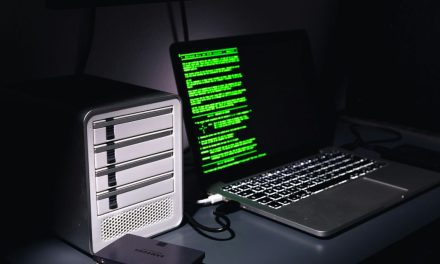The biggest cybersecurity risks in remote collaboration tools are insider threats (both accidental and malicious data leakage), phishing and impersonation attacks, insecure third-party app integrations, and account takeover due to weak credentials.
As of September 2, 2025, tools like Microsoft Teams, Slack, and Zoom are the digital offices for countless businesses here in Rawalpindi and across Pakistan. They are the essential hubs for communication, file sharing, and productivity in the modern remote and hybrid work era. However, this centralization of sensitive corporate conversation and data also makes them a high-value target for attackers and a significant source of security risk if not properly managed.
1. The Insider Threat: Accidental and Malicious Data Leakage
This is the most common and often underestimated risk. The very features that make these tools great for collaboration also make it incredibly easy to share data inappropriately.
- The Risk: An employee can accidentally or intentionally share sensitive information—such as a customer list, a financial spreadsheet, or unreleased product designs—in the wrong channel or with an external guest who shouldn’t have access.
- The Accidental Insider: This is the most frequent issue. An employee in a hurry might drag and drop a confidential file into a large, public team channel instead of a small, private direct message.
- The Malicious Insider: A disgruntled employee who is about to leave the company can easily use their legitimate access to download and exfiltrate sensitive files from the collaboration platform’s storage just before their access is revoked.
- The Defense: Implementing Data Loss Prevention (DLP) policies within the collaboration tool is critical. DLP can automatically detect and block the sharing of sensitive information, such as CNIC numbers or credit card details, in public channels.
2. The Phishing and Impersonation Threat
Hackers are increasingly using collaboration platforms as a new and highly effective vector for phishing attacks.
- The Risk: An attacker can create a profile that impersonates a senior executive or an IT support technician. They then send direct messages to employees containing malicious links or asking for sensitive information.
- Why It’s So Effective: People are often less guarded in a chat-based environment than they are with email. A direct message from the “CEO” in Slack can seem more immediate and trustworthy than an email, making employees more likely to fall for the scam.
- The Defense: Continuous security awareness training is the key. Employees must be taught to be skeptical of any urgent or unusual request, regardless of the platform, and to verify such requests through a separate communication channel.
3. Third-Party App Integrations: The Hidden Backdoor
Modern collaboration tools have a vast ecosystem of third-party apps and integrations that can be added to enhance functionality. Each one of these is a potential security risk.
- The Risk: When an employee integrates a new third-party app (e.g., a project management tool or a polling app) into a Slack or Teams channel, they are granting that app a set of permissions to access the data within that channel. If that third-party app has a security vulnerability or is outright malicious, it can become a backdoor for an attacker to steal data.
- The Defense: The organization must have a strict vetting process for all third-party app integrations. Administrators should have the ability to approve or block new apps and should regularly audit the permissions that have been granted to existing ones.
4. Account Takeover
The user accounts for these collaboration tools are a primary target for hackers.
- The Risk: If an employee uses a weak or reused password for their collaboration tool account, it is vulnerable to being compromised via a credential stuffing attack.
- The Impact: An attacker who takes over an employee’s account gains access to all of their private conversations and the sensitive files that have been shared with them. They can then use this trusted, internal account to launch further attacks or social engineering campaigns against other employees.
- The Defense: Multi-Factor Authentication (MFA) must be mandatory for all users. It is the single most effective control for preventing account takeovers.





